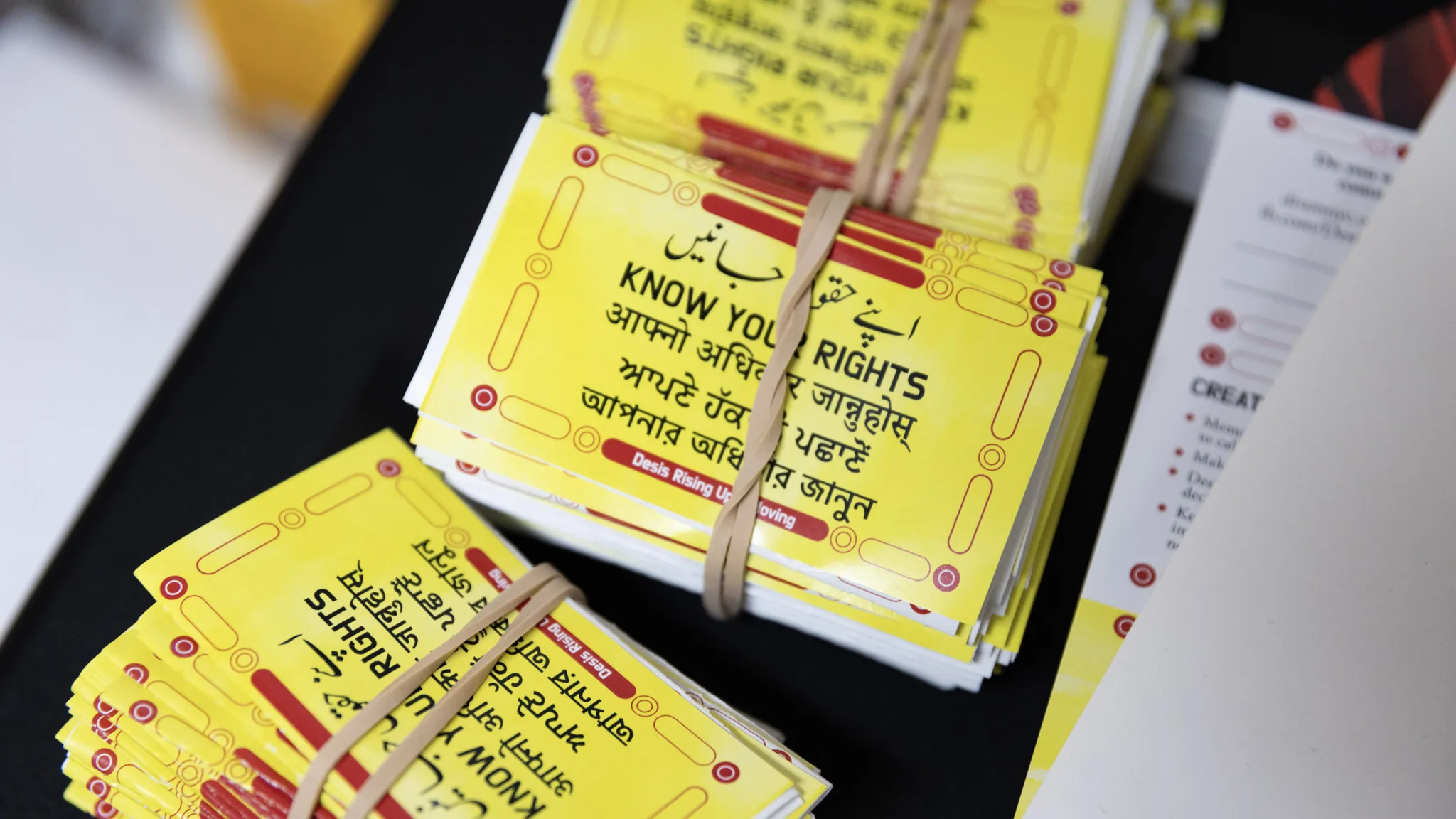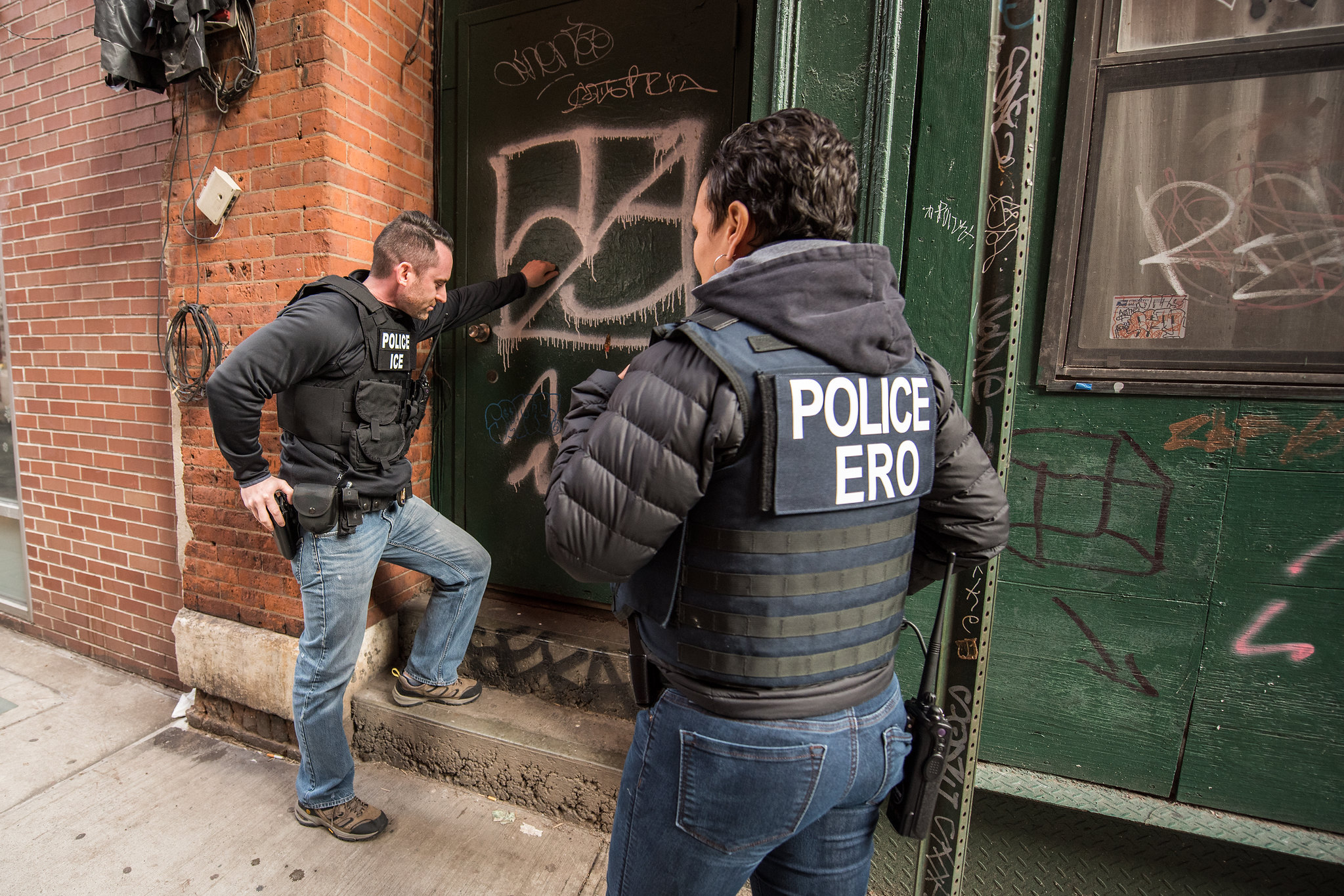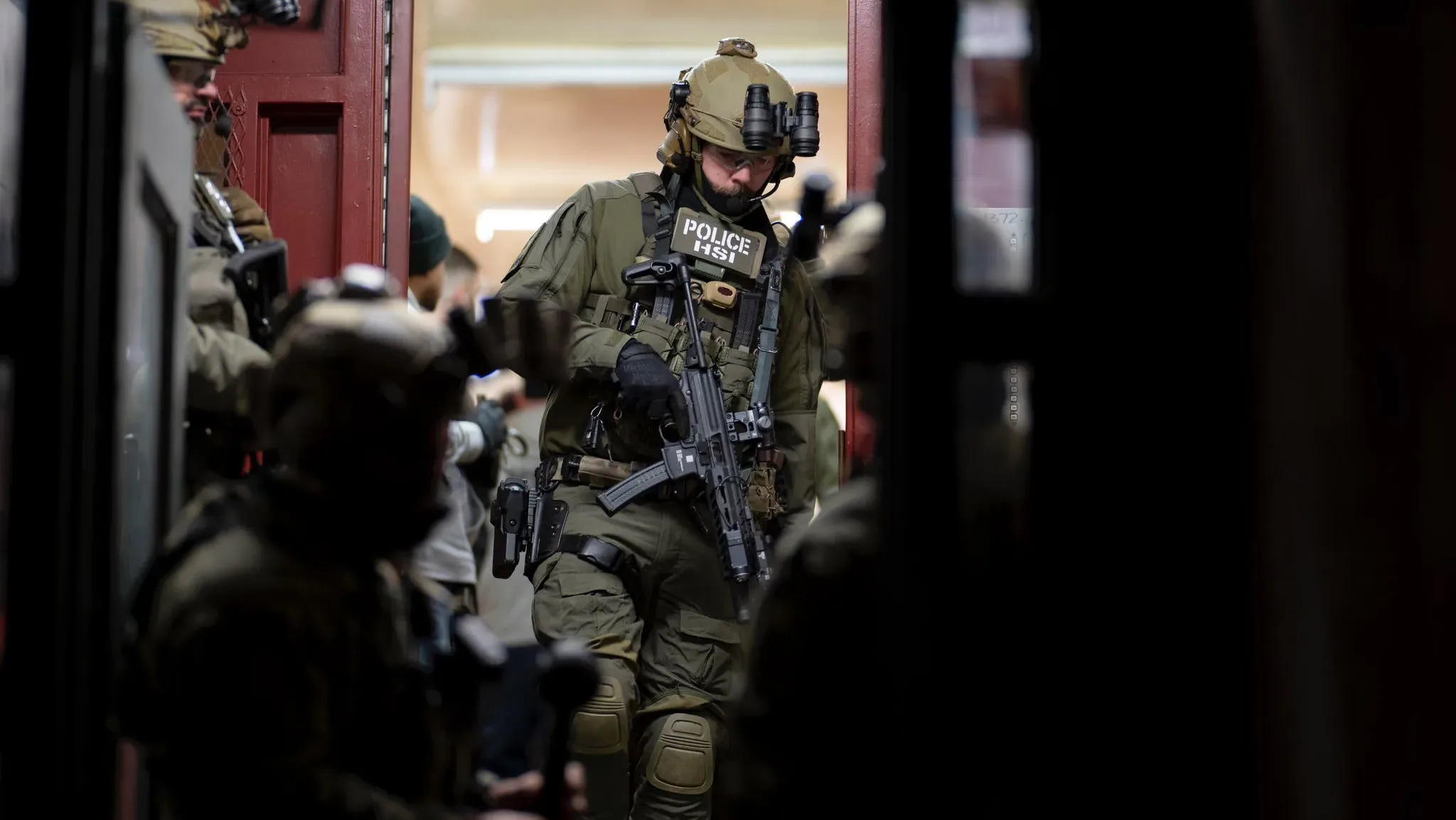For about nine years, Ian Malabre, a friendly 40-year-old Jamaican immigrant, has engaged in the back-breaking work of sorting packages at UPS’s Foster Avenue warehouse in Canarsie, Brooklyn, making just two dollars over the minimum wage. Despite working for the company for nearly a decade, they refuse to make him a full-time employee. Over the past few weeks, as the City baked in a heat wave, his general frustration with his low pay and too few hours has been exacerbated by the sweltering conditions he has been enduring at the UPS warehouse.
He and other workers say these heat conditions are dangerous and are being ignored by their UPS supervisors.
“Sometimes you got to be begging them to get water,” Malabre said. “Sometimes the ice machine is not working. In those types of conditions, you should have all kinds of those things working for us.”
Malabre is forced to keep up with a relentless stream of parcels that weigh up to 150 lbs and that need to be loaded and unloaded onto a fleet of waiting trucks. He says that his uniform would be drenched in sweat halfway through his shift. The Foster Avenue warehouse employs 596 warehouse workers, of which 47 are full-time and 482 are part-time. Many of the employees are Black or Latino immigrants.
Like most of UPS’s warehouses, the Brooklyn facility, which is sandwiched between a Department of Sanitation garage and an FDNY ambulance depot, has no air conditioning on the shop floor.
With most of the country simmering in the extreme summer heat, UPS truck drivers have been forced to work in un-airconditioned trucks that can reach 121 degrees Fahrenheit, with some collapsing and dying due to heat exhaustion. In New York, after reports of several UPS drivers feeling ill due to the heat, Teamsters Local 804, the union that represents UPS workers, has held several rallies demanding air conditioning in the trucks. Yet, UPS warehouse workers at the Foster Avenue warehouse say that they are also forced to work in similar conditions. Several warehouse workers that Documented spoke to, recounted a sweltering work environment at the warehouse that routinely reaches well over 100 degrees Fahrenheit.
“We are working in the cold when it’s cold and when it’s hot they have some fans but that’s about it,” said Malabre. “There’s no air conditioner for us.”
Also Read: Rideshare, Delivery Workers Demand Protections from App Companies
To keep cool, Malabre has developed a unique strategy. The bathrooms in the warehouse are one of the only air conditioned spaces.
“What I do is I take several bathroom breaks,” he said. “That’s a strategy I learned from one of my shop stewards, but of course management, they tell me that I’m taking too many bathroom breaks.”
Keston Roberts, a 38-year-old UPS worker from Trinidad, says that the warehouse gets so hot and is so poorly ventilated that he finds it difficult to breathe.
“They don’t have enough fans,” he said. “I know it’s a warehouse and it has to be open but sometimes you feel you can’t breathe. Especially, when you have so many lights on, it generates heat.”
The Foster Avenue warehouse is completely covered in steel. The sprawling, poorly insulated building looks like a giant shipping container.
“It’s hell,” one UPS worker in Queens, who wished to remain anonymous, described it. “They never update anything. It’s like the 1970s in the warehouse.”
In response to Documented’s request for comment, UPS stated that safety was their highest priority and that they do indeed provide both cooling and heating services at the Foster Avenue facility along with water fountains and ice machines.
“UPS invests more than $260 million annually to implement programs focused on safety, including working in hot weather,” said Sarah Shatan, Media Relations & Global Communications Supervisor at UPS. “We have meetings with our employees all year round, reminding them of forecasted temperatures and encouraging them to be aware of their own health conditions. In the summer, in addition to providing water and ice for employees, we provide regular heat illness and injury prevention training to all operations managers and drivers.”
Besides the heat, UPS workers say that management at the Brooklyn warehouse routinely forces them to violate company policy in order to keep up with the demanding production schedule. On more than one occasion, while sorting packages along the cover belt, Malabre said that management demanded that he manually break up a jam without stopping the covert belt to prevent any delays. If workers attempt to unclog a jam while the covert belt runs, workers can crush their fingers. Malabre himself had seen many workers injured performing the same task. When he refused to unclog the jam until the belt was stopped, his supervisor wrote him up for insubordination.
Malabre says that the entire warehouse is encased in a thick layer of dust. While working, he feels his chest tighten up from breathing the dust all day.
“Dust will kill you inside there. I understand it’s a warehouse but come on man, everything you touch is dirt,” he said.
Also Read: Cooling Centers Open Today in NYC
Keston Roberts, confirms that the conditions at the Brooklyn warehouse are overall unsafe. Being a member of the union safety community, Roberts routinely inspects and logs safety issues throughout the complex. Along with persistent dust, lack of air condoning in the summer, and adequate heat in the winter, Roberts finds many other issues that could be hazardous to a worker’s health.
“There’s a bunch of paper and garbage piled up in different areas which is just a fire hazard,” he said.
In logs shared with Documented, the safety committee found at least 24 safety concerns this year alone. The logs are also shared with UPS management, but Roberts claims that few of the concerns are ever addressed.
“They just don’t care about our safety because none of the stuff gets fixed,” he said. “We are basically logging unsafe areas but they are not fixing it.”
In 2019, UPS’s Brooklyn warehouse accumulated nearly $19,000 in serious OSHA violations. The violations are currently listed as open. Local 804 President Vinnie Perrone says that the conditions have not changed since he started working for UPS in 1994. He is quick to point out that UPS is the largest delivery company in the country, employs over 450,000 workers, and has an annual revenue of $97.2 billion with $12.8 billion in profits. Perrone is appalled that instead of investing that money in uplifting the working conditions for all its workers, UPS has invested millions in trying to automate their jobs as well as increase surveillance on workers.
“These warehouses have always been poorly ventilated and these warehouses are enormous, “he said. “Management always makes it hard for you to try to hydrate and to use the restroom. It’s never changed and the fact is, this company, since I’ve been there, made big advancements technology-wise, but they can’t get a fan in a truck.”
Despite assurances about water and ice machines, Malabre says that half the time the ice machine is broken.
“Believe me, I’m there every day and I don’t see any of that,” he said.
Throughout the summer months, Malabre has grown to resent how intense the heat has become as he struggles to keep up the fast pace of the warehouse. A few weeks ago, out of pure cathartic frustration, he decided to confront management about what he and his fellow workers had to put up with by asking a simple question.
“I even asked supervisors, would they make their children work here and they said no,” he said. “So I said why not create the conditions so that your kids would work here.”














